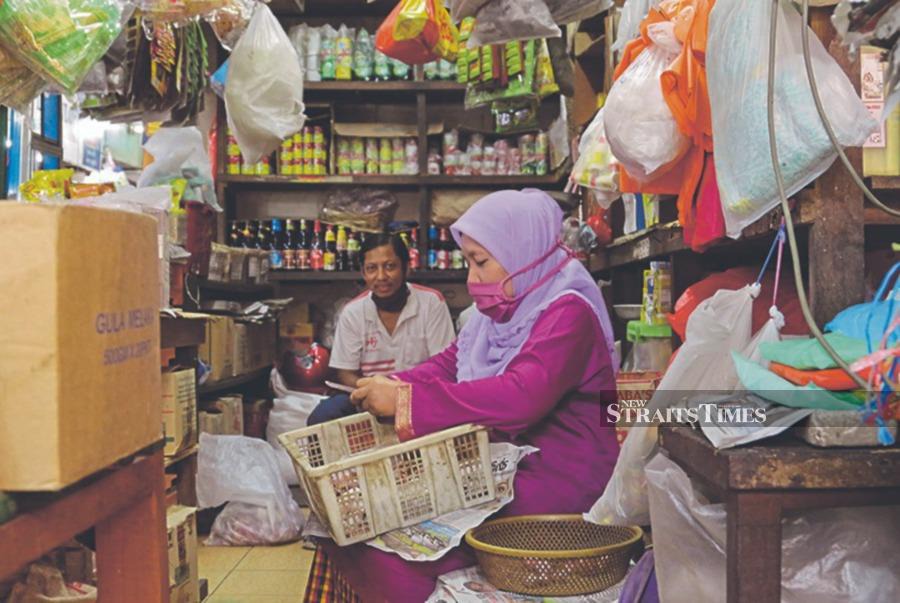
Published by New Straits Times, image from New Straits Times.
AS GOVERNMENT coffers are getting thin due to spending on the stimulus to restart the economy, plus the restriction in movement that has caused businesses to stall, the emerging new norm on digitalisation and e-commerce can be seen as not only the key to survival but also a new source of revenue.
One of the ways for the government to fill in the gaps in its finances is through introducing digital service tax (DST), which should be our new GST, or alongside it, if re-introduced. DST could be utilised in this regard as an expanded source of revenue covering e-commerce and digitalisation beyond its current remit and framework under the Service Act (2018) with effect from Jan 1, 2020.
It is argued that with increasing digitalisation alongside the rapidly growing trend of e-commerce during the Movement Control Order and beyond, the case is compelling. Basically, the government is simply integrating and plugging in the DST (“tax”) into its source (“digital service”) but set at a wider bandwidth or spectrum.
This requires that the Service Tax (2018) be amended – with particular reference to the guidelines for the Internal Tax Division of the Royal Malaysian Customs Department. Firstly, the DST must be redefined to encompass domestic service providers and not just foreign service providers.
Secondly, and by extension therefore, the DST could be reconceptualised and redefined to include business to business (B2B) – applying along the entire supply chain (up-, mid- and down-streams) where digital transactions occur – whether domestically or externally.
In line with the above, the nature of the services delivered might also need to be updated so as to include IoT powered by wireless technology (such as low-powered wide area network/LPWAN) as between vendor (business) and backroom office operations (business), i.e. B2B. All of this requires that the B2B rate should be differentiated from the B2C (consumer).
It is hereby suggested that the B2B rate should be set lower, perhaps at 3 per cent instead of on par with the existing rate of 6 per cent. Such changes to the current format of the DST should be reflected in the upcoming Economic Recovery Plan (ERP) which is expected to cover both the short- and medium-term. ERP represents the government’s overall exit strategy from the MCO so that the economy can recover quickly and in an orderly, stable and structured way.
Towards that end, the government has stated its commitment to take immediate steps to support the restructuring, recovery and growth of small and medium-sized enterprises (SMEs) especially via digital technology. This in addition to enhancing resilience and developing growth opportunities for medium and large-sized companies; and boosting investor confidence and generating short-term economic growth
The focus, therefore, will be on the anticipated boost in the digitalisation of SMEs on the back of the unprecedented and disruptive Covid-19 crisis. SMEs constitute 98.5 per cent of all businesses in our nation and employing 70 per cent of the 15.2 million workforce and its contribution to the GDP is set to be 50 per cent by 2030. The share of SMEs exports to total exports was nearly 20 per cent in 2018.
Furthermore, SME presence covers virtually all sectors and sub-sectors of the economy. This means that our SMEs have the potential to be the leading foreign exchange earners for the country. The government’s limited fiscal capacity makes an expansion of the DST timely.
Indeed, as it is, the economic slump and doldrums from Covid-19 and the MCO together with the government’s shrinking revenue due to both structural issues as well as the massive drop in global crude oil prices (Brent, WTI, etc.) means that pre-existing tax structures and rates will have to be re-adjusted and re-calibrated.
Our post-MCO/Covid-19 exit strategy in the form of the ERP should also include embarking on a tax cutting “revolution” – backed by the “Laffer curve” – as postulated by the economist Arthur Laffer – meaning that lower tax rates lead to higher tax revenue.
In summary, restarting the economy and preparing the way for the future of the economy should also lead to new sources of revenue in tandem with cutting taxes across the board and digitalisation of SMEs. If done well, an economic renaissance is on the horizon.
Jason Loh Seong Wei is Head of Social, Law and Human Rights at EMIR Research, an independent think tank focused on strategic policy recommendations based on rigorous research.

